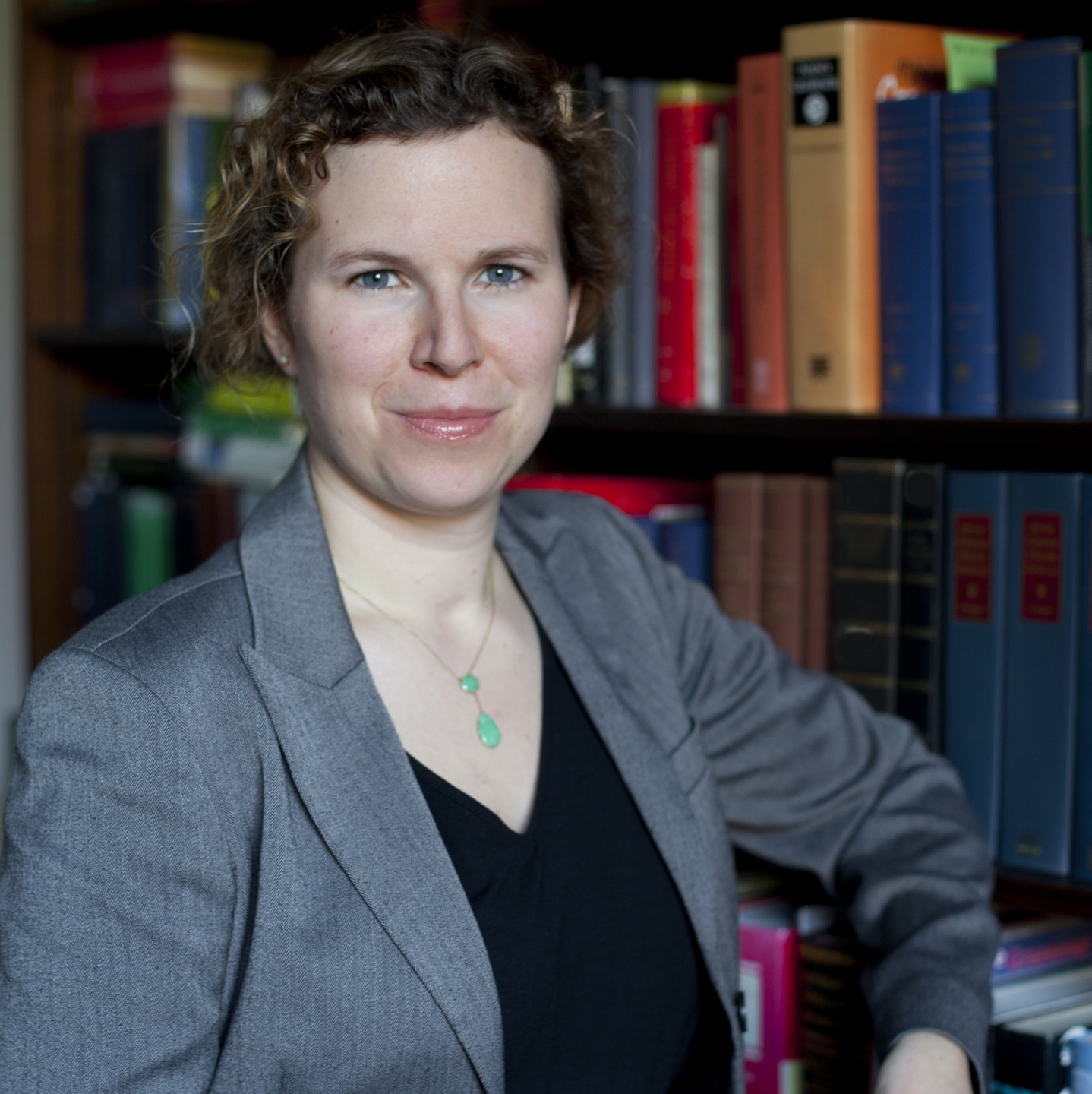
Course Description
If you have ever completed an introduction to Sanskrit and are interested in learning Latin, this course is for you.
Over twelve weeks, LATIN-S 101 aims to introduce you to all Latin grammar – all forms, their uses, how they are combined to form sentences – so that by the end of the course, you will be able to read Latin texts in the original. These latter two will also be open for anyone who does not have a Sanskrit background.
Simply put, LATIN-S 101 will make use of your Sanskrit knowledge to help you learn Latin. Sanskrit and Latin are related, both being Indo-European languages. But while this relationship exists also between, say, Sanskrit and English, the linguistic parallels we will be making use of are much more clearly visible between Sanskrit and Latin.
Remember the imperfect forms अभरम् abharam ‘I carried’, अभरः abharaḥ ‘you carried’, अभरत् abharat ‘he/she/it carried’? And remember that visarga at the end of a word usually represents an earlier -s? Then let us introduce you to the Latin imperfect: ferebam ‘I carried’, ferebas ‘you carried’, ferebat ‘he/she/it carried’.
Remember the Sanskrit verb having a present and a future tense and three past tenses, namely imperfect, perfect and aorist? In Latin, the original perfect and aorist that we still see in Sanskrit have become one tense, called the perfect, and we will see how the forms of this combined tense reflect original perfects and aorists. And because the Latin verb expresses something called ‘aspect’, making a difference between an ongoing and a completed (or ‘perfected’) action, we then get a tense for each aspect at each time level (past, present and future):
|
continuous action |
completed/perfected action |
|
future |
future perfect |
|
present |
(present) perfect |
|
imperfect |
past perfect (or ‘pluperfect’) |
So while the Sanskrit and Latin verbal systems end up looking rather different, understanding how they each developed will let us go from one to the other in just a few simple steps.
With every topic, we will begin by looking at what is identical between the two languages, and will then a) look at how the differences between them developed historically, and b) focus on those aspects where Latin is doing something we do not know from Sanskrit yet. This applies to grammar, but also vocabulary: early on, we will have a session on sound change and etymology, because knowing which Latin sounds correspond to which Sanskrit sounds will make recognising Latin words and word forms much easier. (take the example above: knowing that Latin e corresponds to Sanskrit a and Latin f to Sanskrit bh gives us fer vs. bhar ‘to carry’.)
The course will be taught flexibly: there will be complete sets of electronic flash cards for all elements you might want to memorize, but you will also receive complete overview charts (grammar) and reference lists (vocabulary) so that, should you prefer it you can complete all assignments by systematically looking things up.
Furthermore, course participants will get early access to relevant chapters of the instructor’s forthcoming book Sanskrit for Classicists (to be published with Cambridge University Press).
Textbook
In this course we will be utilizing Andrew Keller and Stephanie Russell's Learn to Read Latin (2015; Second Edition). Students are encouraged to find a copy of this text ahead of the course.

Course Preview
Course Structure
-
Two 90-minute live lessons will be held per week on Zoom.
- Tuesdays and Thursdays 10-11:30am Pacific Time
- All live sessions will take place via Zoom and will be recorded for later viewing.
-
Live sessions will address all student questions, go over exercises and readings together, as well as personalize the learning experience with your instructor.
-
Weekly written homework, quizzes to test yourself, as well as a mid-term and a final.
Students Will Receive:
- 24 Zoom live class sessions + recordings (90 min)
- Yogic Studies Certificate upon completion (PDF)
- Access to the private Community Forum
Dr. Antonia M. Ruppel
Lecturer in Sanskrit
Antonia Ruppel is a Classicist by training who came to Sanskrit through a series of fortunate accidents. She learnt the language as an autodidact, and one of her reasons for writing her textbook, The Cambridge Introduction to Sanskrit (2017), was to make the experience of studying Sanskrit easier and more pleasant for others. In 2021, she published the follow-up volume, An Introductory Sanskrit Reader: Improving Reading Fluency, designed to help students gain reading fluency in an enjoyable and straightforward way.
Language pedagogy is at the heart of her life. She has been teaching Sanskrit for almost 20 years at universities such as Cornell, Oxford and the LMU in Munich, Germany, as well as offering courses in variety of formats online.
Listen to our interview with Dr. Ruppel on the Yogic Studies Podcast.

Enrollment is now closed.
Regular Tuition
$375
One-Time Payment
Regular Tuition
$125 x 3
Three Monthly Payments
Stay Informed
Sign up for the Yogic Studies mailing list to find out first about upcoming courses, podcast episodes, promotions, events, and the latest research delivered straight to your inbox.

